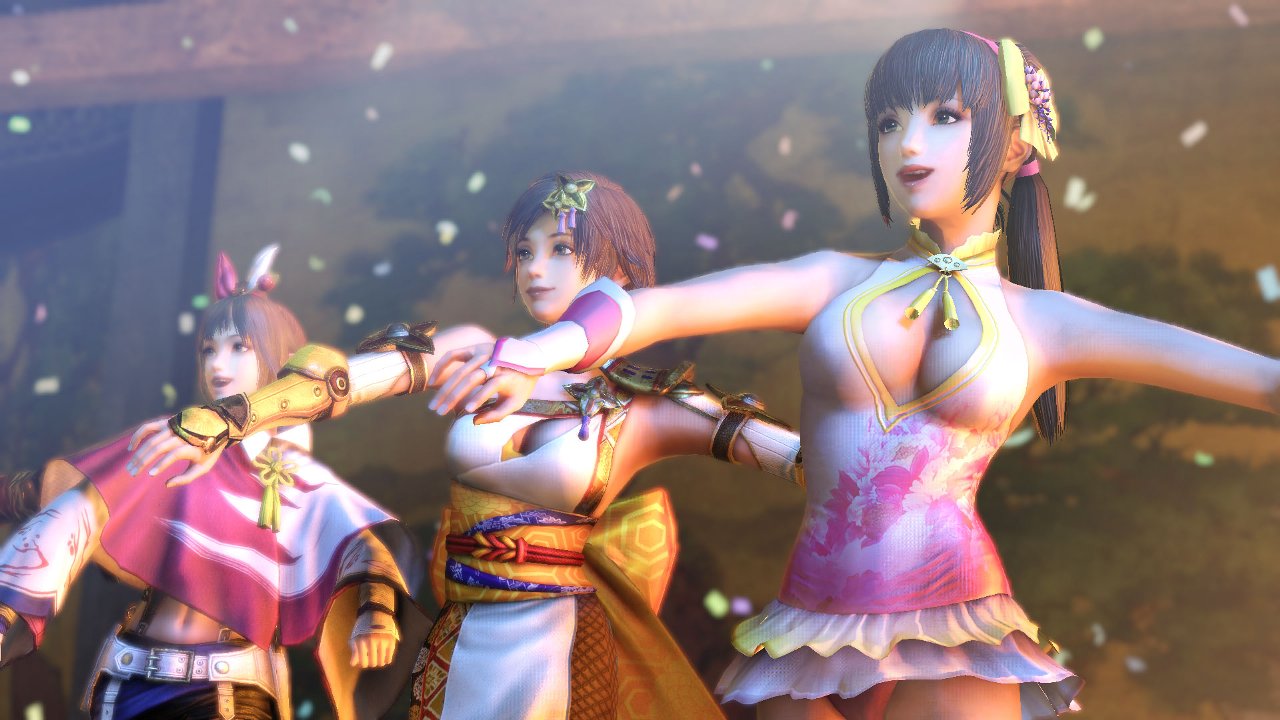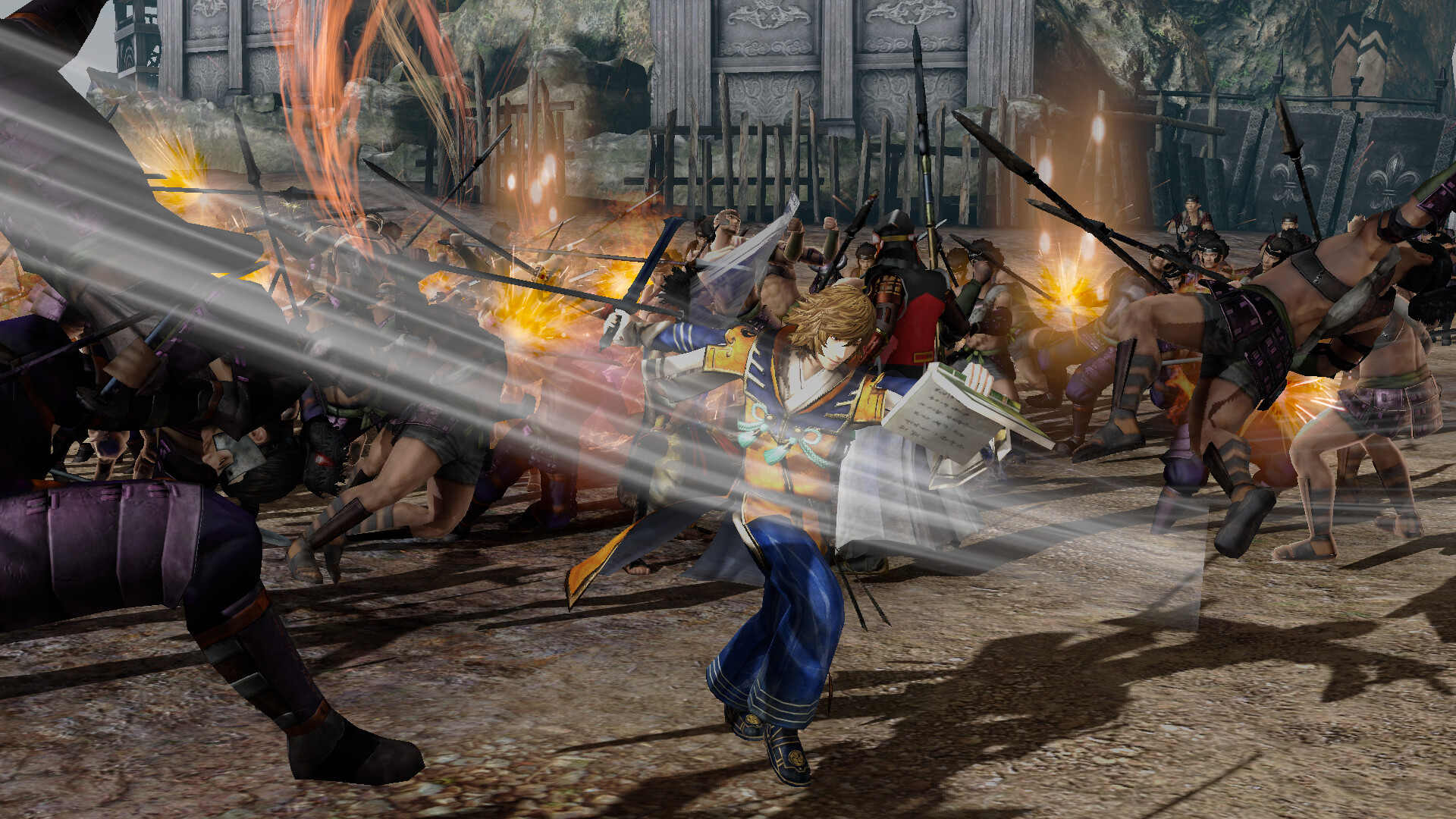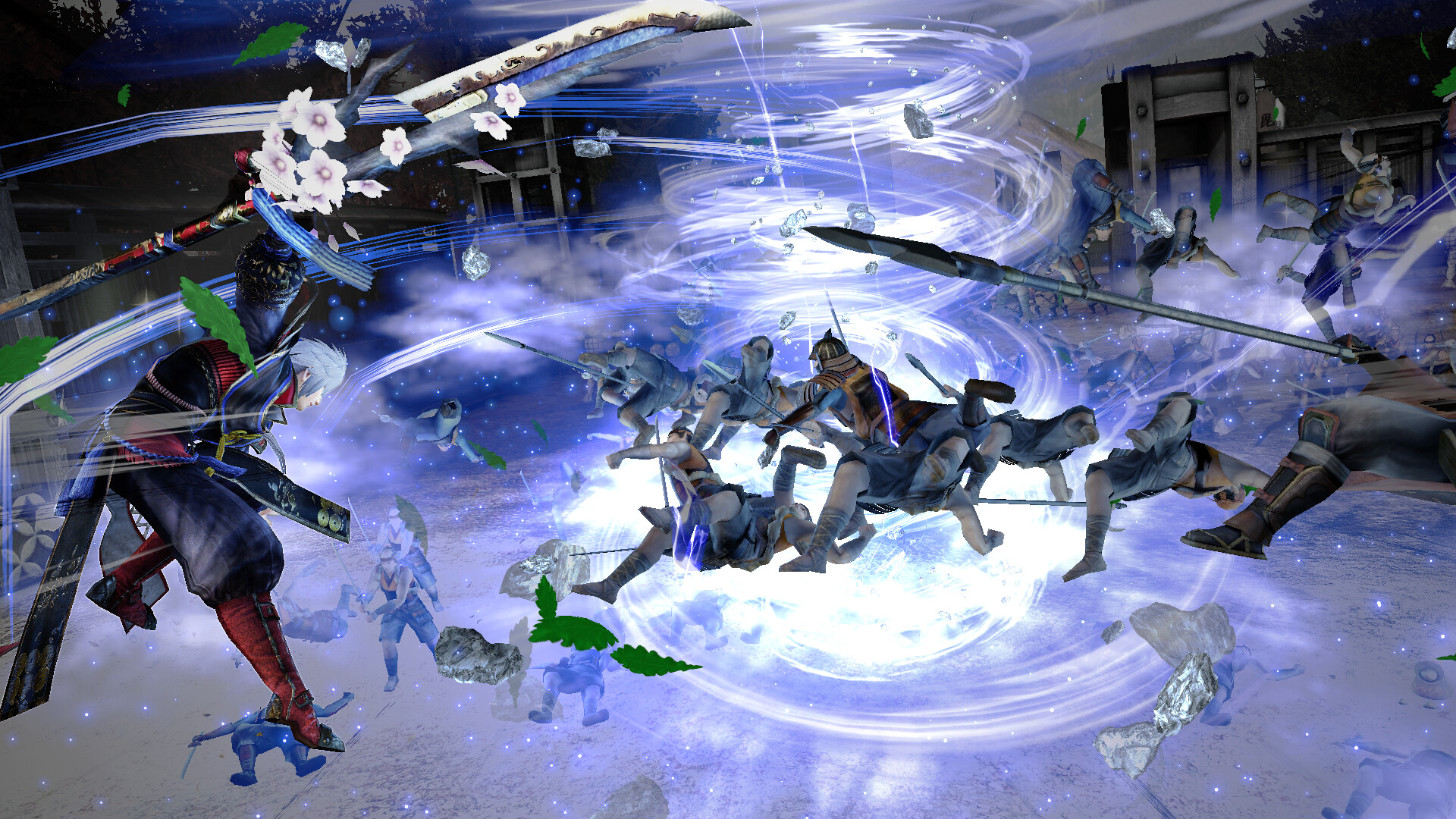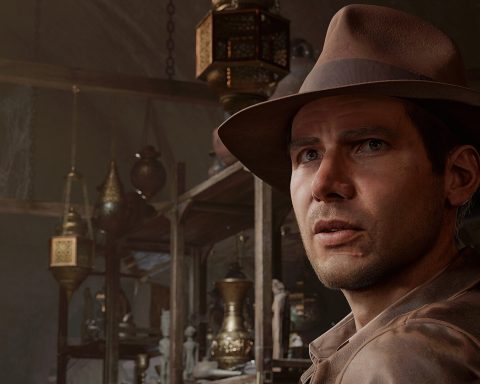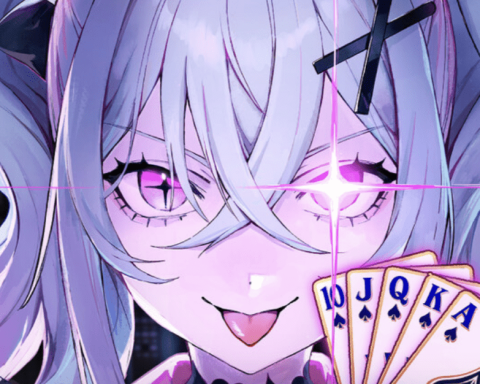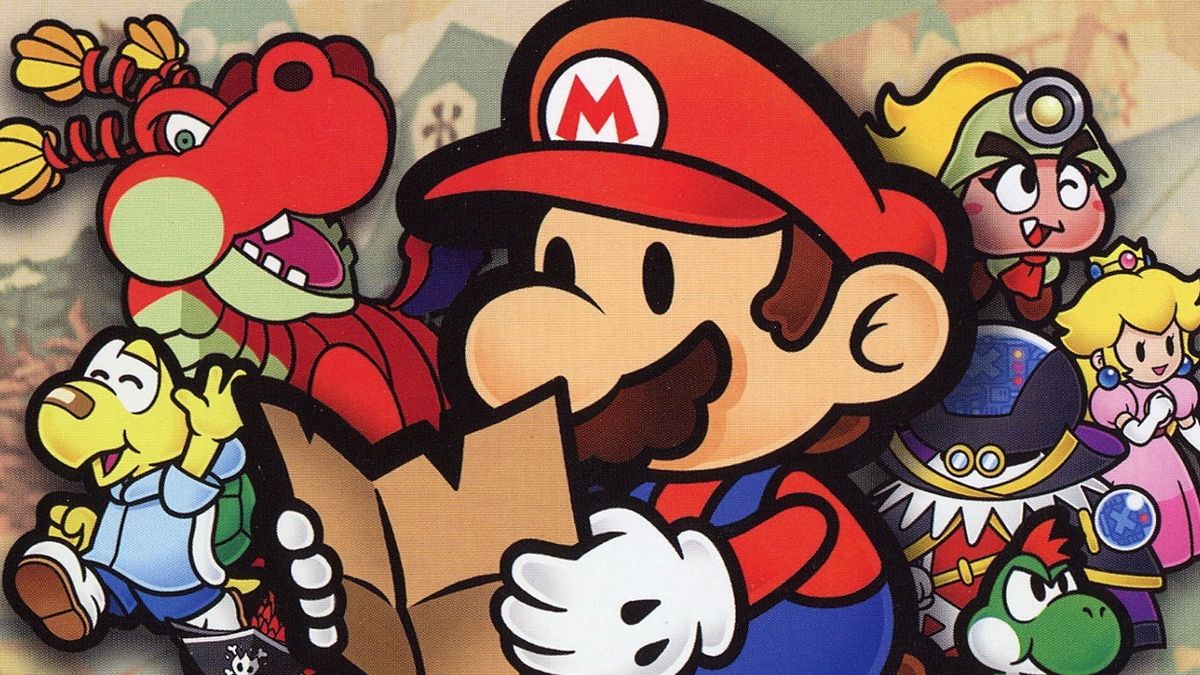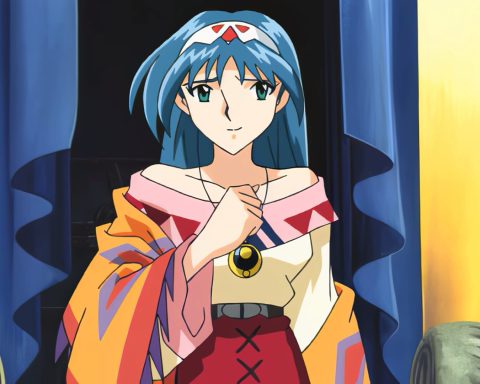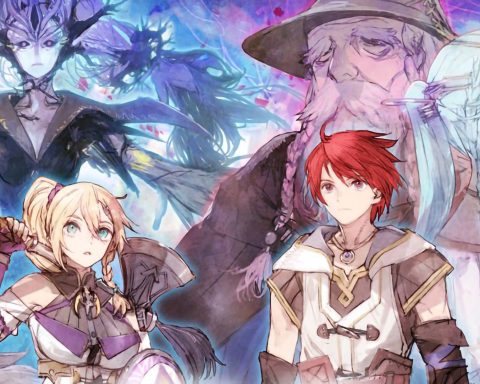My very first Warriors game was Samurai Warriors 3. I know, I came to the series late. The critics kept calling them “button mashers” in reviews and that made them sound very unappealing to me. Stupid, naïve me. I only played Samurai Warriors 3 because Nintendo decided to publish it and my editor (I was at Gamepro at the time) assigned it to me. I was almost immediately smitten with it and, as it was also my introduction to Sengoku history, I can trace my enduring fascination with that era back to that game.
Related reading: On Samurai Warriors and history – why the series deserves more credit than it gets.
I say all of this because Samurai Warriors 4 DX is much (much) closer to Samurai Warriors 3 than where Koei Tecmo has evolved the Musou formula in the years since. And, as much as I continue to love more modern Musou titles (including the most recent Samurai Warriors 5), it has been a real treat to go back and play through this “generation” of Warriors again.
Samurai Warriors 4 DX was never actually released in English (just to be confusing, Samurai Warriors 4 and Samurai Warriors 4-2 were). DX is really just a “complete package” however, featuring the base Samurai Warriors 4 and all the DLC. There is a lot of DLC, though, including some costumes that came from Koei Tecmo’s horniest era, so that’s not really a complaint.
Going back to Samurai Warriors 4 today was an adjustment, however. A lot of the complexity that has been introduced to the Musou formula to make them spectacles filled with strings of flashy combos is not in this one. Instead, for the most part, you’ll be juggling a series of fast and strong attacks while you build up a Musou meter, which will let you do a super-powerful attack (which you’ll generally save for the bosses). It IS more “button mashy” than later Musou games, however it’s still so fundamentally entertaining. There is no better way to unwind after a long day of work than achieving a KO score of over 1000 in just a few minutes. It’s also not like it’s mindless, because you do get to travel back and forth across a map, constantly scrambling to achieve the myriad of objectives that are thrown at you simultaneously. Samurai Warriors 4 requires quick thinking and the ability to rapidly triage according to the flow of a battle, particularly on the higher difficult settings, and that’s engaging.
The one thing that has “dated” to the point that I do miss its absence is the depth of the boss battles. In Samurai Warriors 4, they just have a lot more health than regular enemies, but are otherwise battled in the same way. You can’t even lock onto them, and this is a relatively inelegant way of depicting the most pivotal moments of each battle.
What has held up beautifully is the art direction. Environments and common enemies are fairly simple (the game is rendering a lot, after all), but each of the main cast looks as gorgeous today as they did back then, with intricately designed costumes and weaponry. Cut scenes are also beautifully cinematic. I’ve been playing this on my ROG Ally, and the size of the screen for the action is perfect.
One of the things that has always amused me about people’s response to Samurai Warriors is the assumption that due to those outlandish outfits and weapon designs, the series is not a good take on history. In actual fact, the storytelling and key events on each battlefield are spot-on. The characterisation in the cut scenes also tends to be an accurate and fair depiction of the various historical figures, albeit delivered with an overly theatrical style. The point is that Samurai Warriors 4 is a good introduction to the history of the period, and I’m sure I can’t be the only one to have been inspired to hit the books (and visit the battlegrounds, castles and museums) thanks to this series.
Overall, the most enduring quality of Samurai Warriors 4 DX is how moreish it is. There are so many campaigns to play through, each featuring different leaders and completely different battles. And then there’s an entire Chronicle mode on top of that, which allows you to create a character and then go on journeys across Japan, fighting battles and being the hero, all the while gathering loot, allies and more. There’s a comprehensive equipment and upgrades system which is a lot of fun to toy around with and try to maximise, and there’s even two two-player co-operative mode, which Koei Tecmo has been good enough to enable online for this release.
This was a really nice treat for Koei Tecmo to drop onto Steam out of nowhere. It’s a well-optimised port, and it plays as well as it did a decade ago. With Koei Tecmo revisiting its backlog like this, I hold out hope of being able to play Samurai Warriors 3 again at some point.
Buy the hottest games with Amazon.
By purchasing from this link, you support DDNet.
Each sale earns us a small commission.
